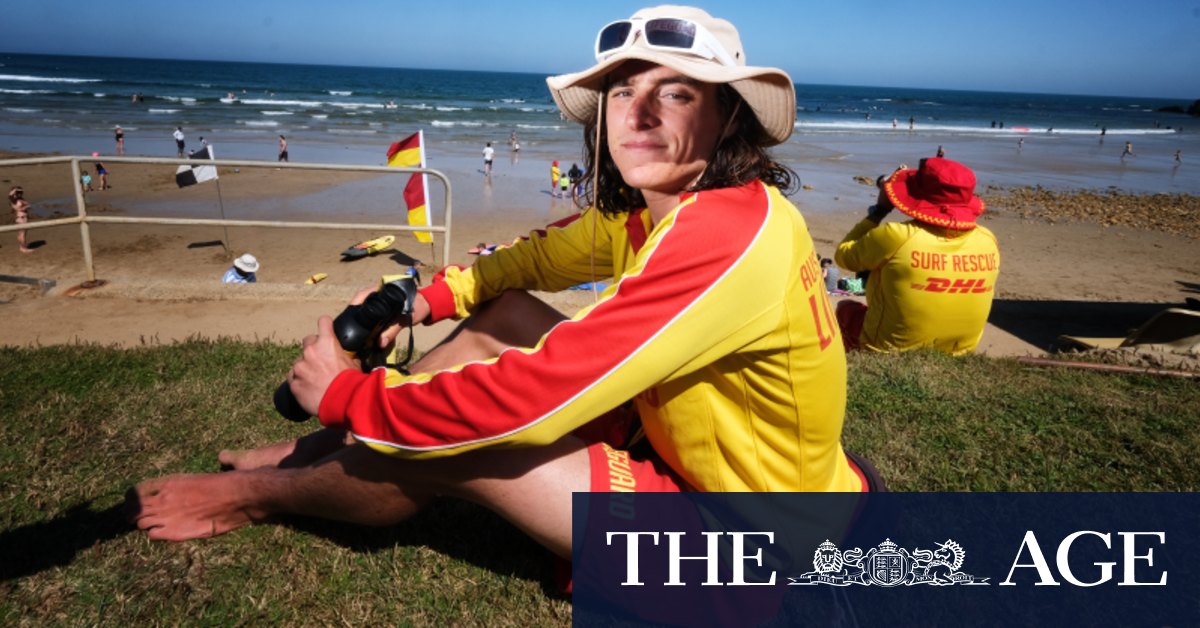Victorian floods push holidaymakers towards the coast, forcing lifeguards to prepare for busier beaches
The organization has also released its latest drowning report, which shows 53 people died in the water in Victoria during the 2021-22 financial year.
The figure is down from the record 61 drownings the previous year, but the drowning rate of 0.81 per 100,000 people is still 18% higher than the 10-year average.
People who drowned in rivers, streams and creeks accounted for the highest number of deaths, at 16, while drownings on beaches, rocky outcrops, oceans and bays were the second highest at 14.
The most common age group for drownings was over 65, with 22 deaths.
Non-fatal in-water incidents attended by paramedics rose to 111 in 2021-22 from 104 the previous year.
Calverley said non-fatal incidents could still have devastating consequences, including brain damage and post-traumatic stress.
“It can have a lifelong impact on the individual and the people around them.”
Life Saving Victoria said the Mornington Peninsula had the highest number of drownings of any council area, with 49 deaths over the past decade, followed by the Bass Coast at 28 and Greater Geelong at 19.
The service also urges people to properly use safety equipment on boats; at least 26 boaters who have drowned in the past decade were not wearing life jackets and 11 others were not wearing them properly.
Torquay Surf Life Saving Club patrol captain Ben Harris said he expected a particularly rough holiday period on the coast, partly due to flooding in the north.
“It looks like this summer will be one of the busiest if we have good weather and the rain stops,” he said.
Torquay Surf Life Saving Club Patrol Captain Ben Harris.Credit:Luis Ascui
Harris said there had already been several rescues in Torquay over the first weekend of summer, which he attributed to people overestimating their ability to handle the conditions in the water.
“Fortunately, it all ended better than worse,” he said. “Especially because of the hot weather, there were a lot of people to watch out for.”
Figures released by the Murray Regional Tourism Board showed the area typically sees around 1.87million visitors during the peak holiday season, but it expects a sharp drop this summer due to flooding.
A survey of 174 accommodation and tourism businesses found around 80 per cent had lost at least 40 per cent of their peak season forward revenue between the Melbourne Cup and Australia Day long weekends.
The council’s acting chief executive, Will Flamsteed, said even businesses that hadn’t been flooded had been hit by a lack of visitors and canceled bookings, which would amount to at least $128 million in lost revenue . He said that figure could double by the end of January.
University of Melbourne hydrology professor Rory Nathan said flooding in northern Victoria could take months to subside as tributaries flow into the Murray River.
“It’s a very flat river and it takes a long time to reach the coast near Adelaide,” he said.
There are still numerous road closures across the state due to flooding, making it difficult to access some popular vacation destinations.
The Morning Edition newsletter is our guide to the most important and interesting stories, analysis and ideas of the day. register here.


Comments are closed.